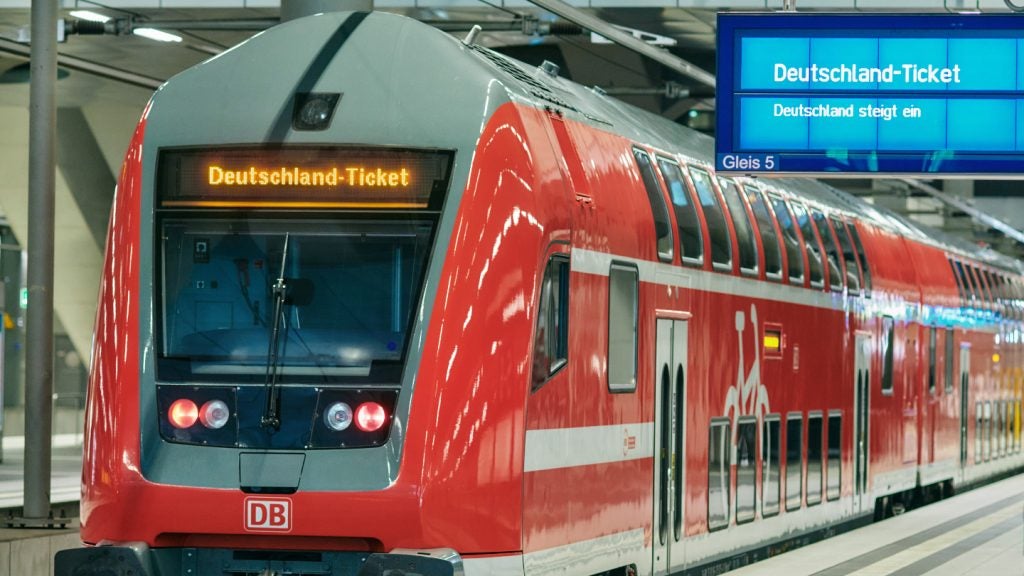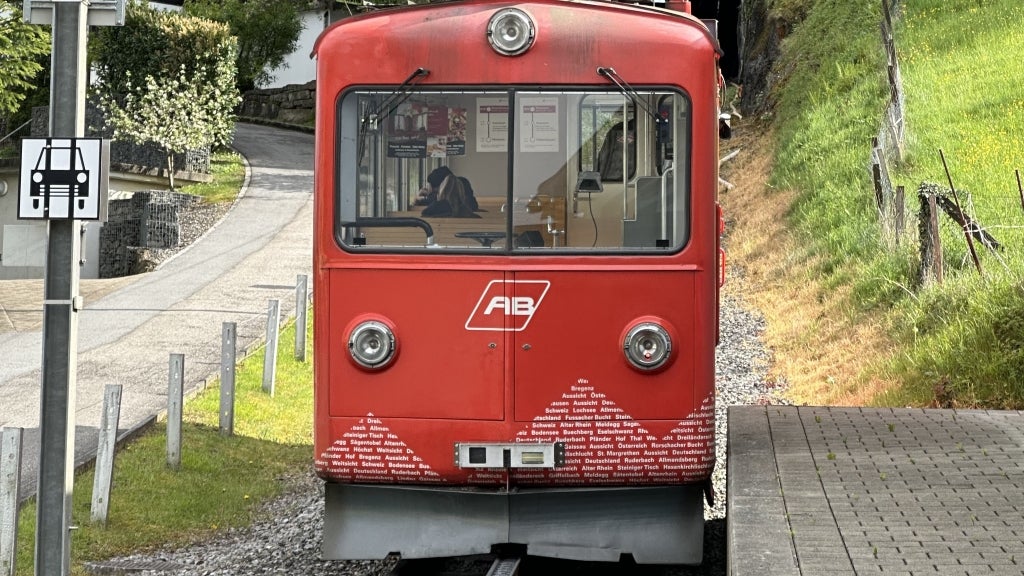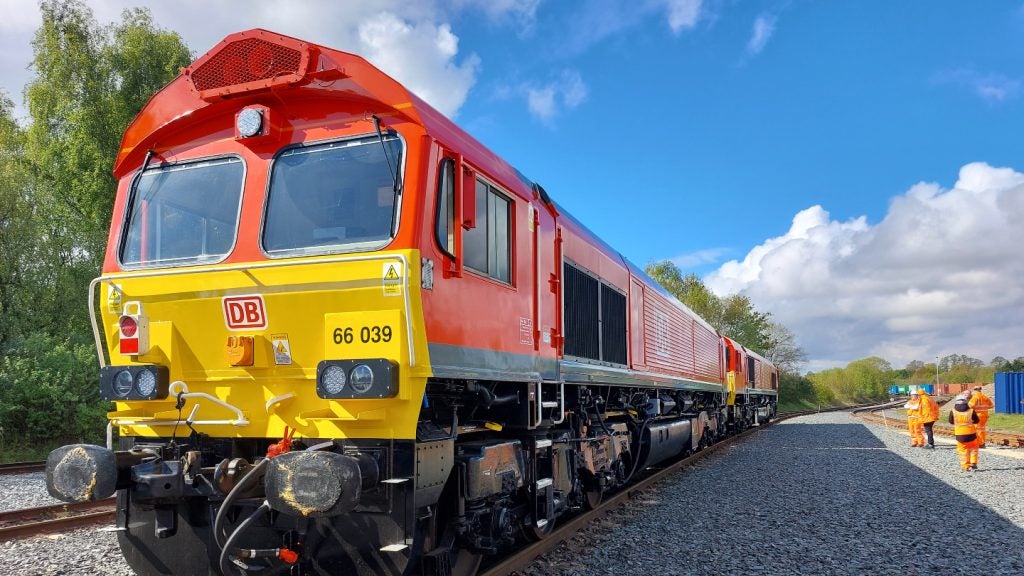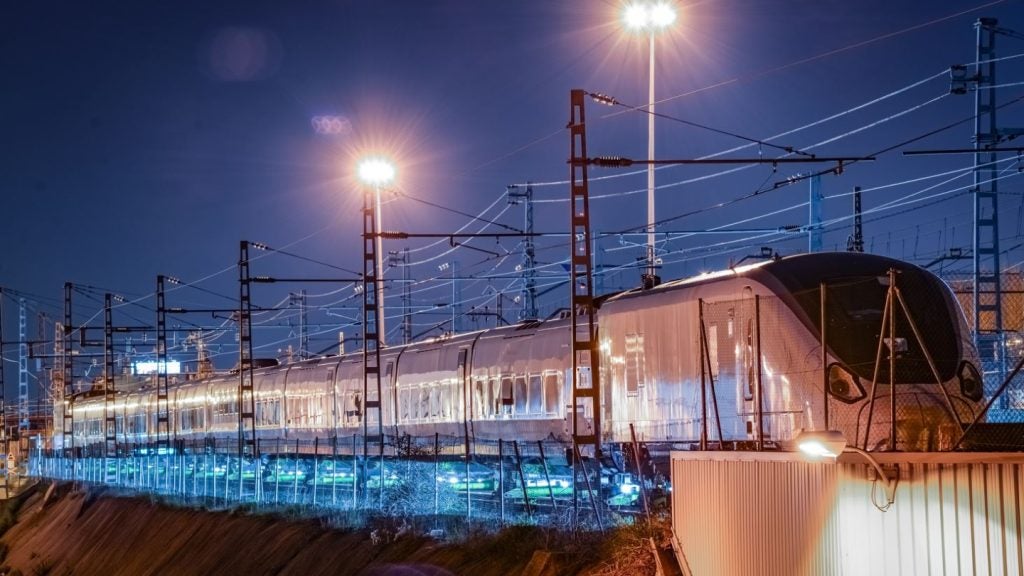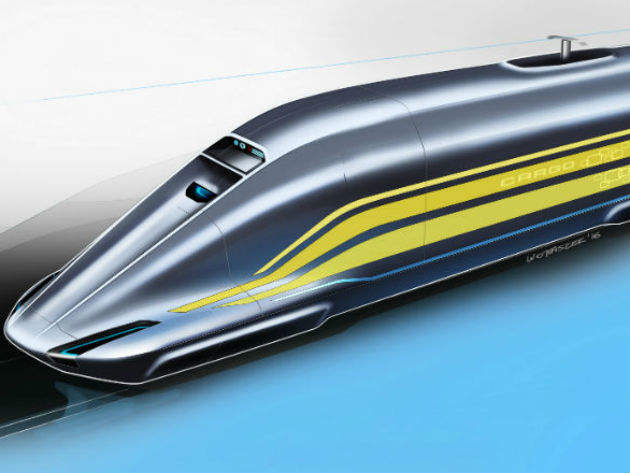

The label ‘freight train of the future’ makes for good headlines, stirring interest across the industry and inevitably leading to questions regarding the validity of such a claim.
Embracing this, researchers at the German Aerospace Centre (DLR) have been fielding numerous queries since unveiling their Next Generation Train (NGT) Cargo project in April. According to the DLR, the trains will be driverless, to some extent, and assembled from single wagons and end cars.
Concept images show wagons which have been designed with aerodynamics at the forefront; each wagon being fitted with electric drive systems, to store energy recovered during braking.
DLR project manager for the NGT, Dr Joachim Winter, sits down with Future Rail to discuss the idea in more detail, and how these trains could alter the freight market.
Gary Peters: When and why did you start the NGT Cargo project?
Joachim Winter: The project started in January 2007. The basic idea was to focus the different activities of the 33 institutes of the DLR into one.
How well do you really know your competitors?
Access the most comprehensive Company Profiles on the market, powered by GlobalData. Save hours of research. Gain competitive edge.

Thank you!
Your download email will arrive shortly
Not ready to buy yet? Download a free sample
We are confident about the unique quality of our Company Profiles. However, we want you to make the most beneficial decision for your business, so we offer a free sample that you can download by submitting the below form
By GlobalDataIt started with the ultra-high-speed train, a double-decker running at 400km per hour, and a feeder train, running at 230km per hour, also a double-decker.
We realised we could better utilise the investment by having a cargo train in mix with the passenger trains. The basic idea was to create a high-speed train, and say 'okay, when we are running a cargo train faster than 200km, we have to give the train the same aerodynamics as a passenger train’.
[We want] to run this train automatically and to load and unload [goods] automatically. [We also] have this idea to load and unload on both sides. The floor of the cargo train is similar to an aircraft, with board and rollers.GP: Is there anything else that makes this different to other freight trains?
JW: It is providing more space; we are not running the normal sea containers because they are aerodynamically catastrophic. The way they are loaded on to trains is also a problem, as you always have space between containers. That means that with high-speed, you are creating a lot of noise.
GP: So, these cargo trains, on the whole, are designed to be aerodynamically efficient and for use on a high-speed network?
JW: Yes. The need is for the transport of packages. People are shopping online and we think that's increasing. Most of the goods are coming from Asia, so we have a long distance to run.
GP: When could these trains be in use on the track?
JW: I would say our aim is to have these on the track in 25 years; I would say maximum 25. Most of the technology is available, but sometimes it's a matter of price.
We know, at least in Germany, we are stuck with the motorways and the truck. At the moment, the transport of goods is growing, [but] the railway is stuck with the same percentage of transport.
GP: Would they just be for the German freight network?
JW: No. All of our trains are intended for intercontinental use because we are looking for the longer distances, across borders.
GP: It is reported that the trains will be driverless, or at least have some form of automation?
JW: They are driverless, yes. We say for our trains we expect ETCS Level 3.
GP: How do you convince people who are sceptical that automated freight trains can flourish?
JW: At the moment, most are thinking that it is the right way, especially for automatic handling [of goods]. Also, for long distances we think that passenger trains will be running automatically [in the future]. Why can a car be automated [but not a train]? What is more dangerous?
GP: Would stations and freight yards need to be redesigned to accommodate these trains?
JW: We expect that only a few main freight hubs [would need to be used]. We can distribute the goods from those hubs.
But, as every car [in this cargo train] has maybe four motors, the car can drive itself to industry [to source], to load or unload there, then go to the hub and couple the cars together to create the high-speed cargo train.
GP: What is the status of the project at the moment?
JW: We have started the logistics concept and we have completed the train concept, so next is a more detailed design of the locomotive.
GP: What has been the reaction from the sector?
JW: I have a time problem; I have lots of invitations for conferences. We have started more detailed discussions [with some operators]. I'm also just back from Siemens, so the manufacturers are interested to learn more about this.
GP: So, there’s a good level of support for your plans?
JW: Yes, it's more than we expected. The remaining problem is the political issue. At the moment, going cross-border in Europe is not so easy, especially if you go to Russia, you have to change the gauge.
GP: Is your design a first of its kind?
JW: It is the first of this type. There was the reuse of a TGV train by the French post office, and a project sponsored by the EU where a Siemens high-speed train was intended to be a cargo train – but those were not purpose-built.
We are convinced that you have to look at the total system. You can't just build a train and not care where the cargo is coming from or going; you have to look at the complete chain. Also, high-speed doesn't make sense if you don't have a cargo terminal that can handle the loading and unloading. If that is slow, it doesn't make sense to run high-speed.
I fear that if the European railway industry goes on as it has until now…they have to be aware that Chinese trains are coming. My feeling is that they are sleeping, and don't see that in a global world, the transport routes and the methods of transport are changing.



